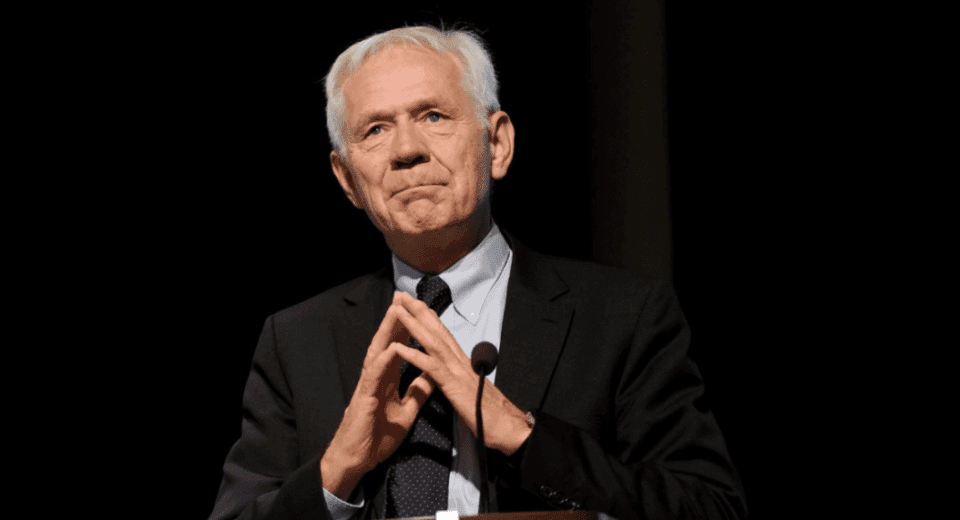Asia shares fall, oil set for weekly gains on Mideast risks
Asian stocks retreated on Friday while oil prices headed for their sharpest weekly gain in more than a year, as escalating tensions in the Middle East kept markets on edge ahead of a U.S. jobs report later in the day. U.S. President Joe Biden said on Thursday that the U.S. is discussing strikes on Iran’s oil facilities […]












